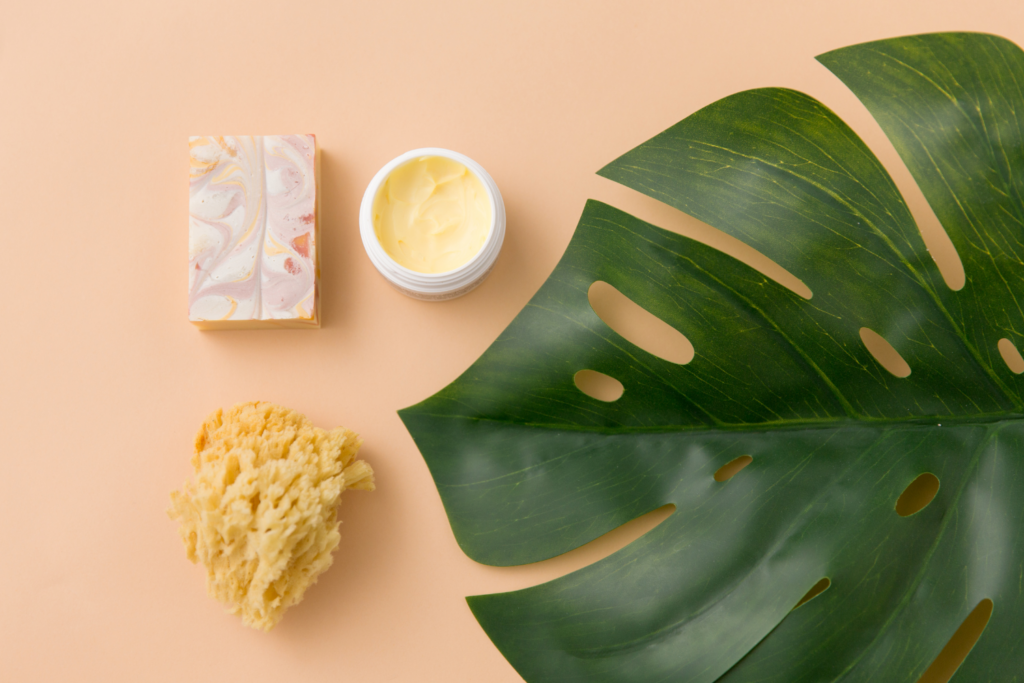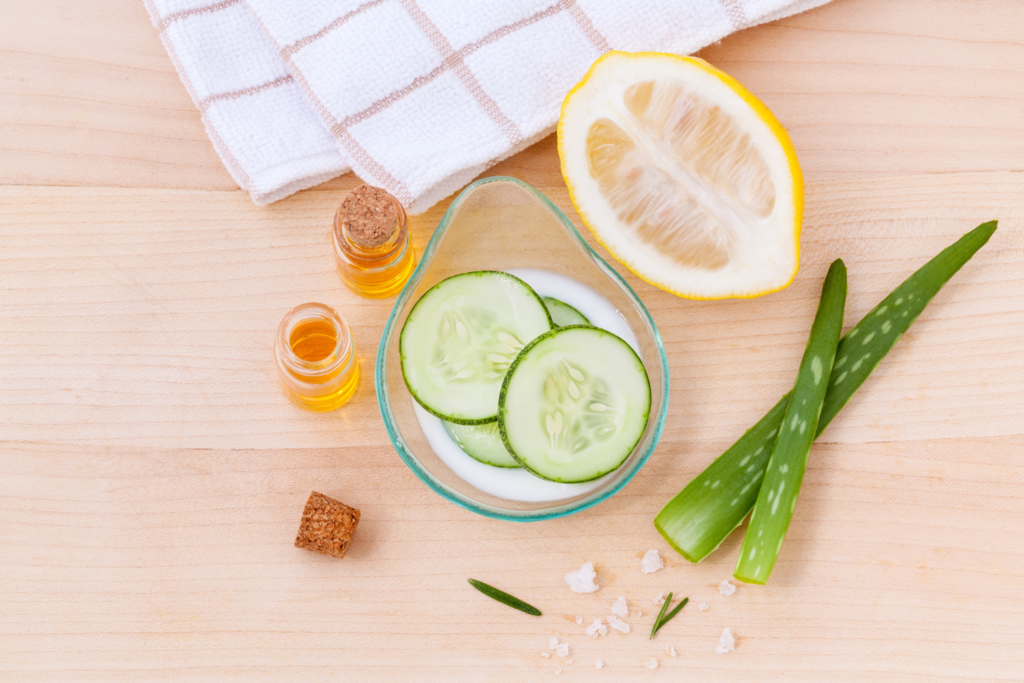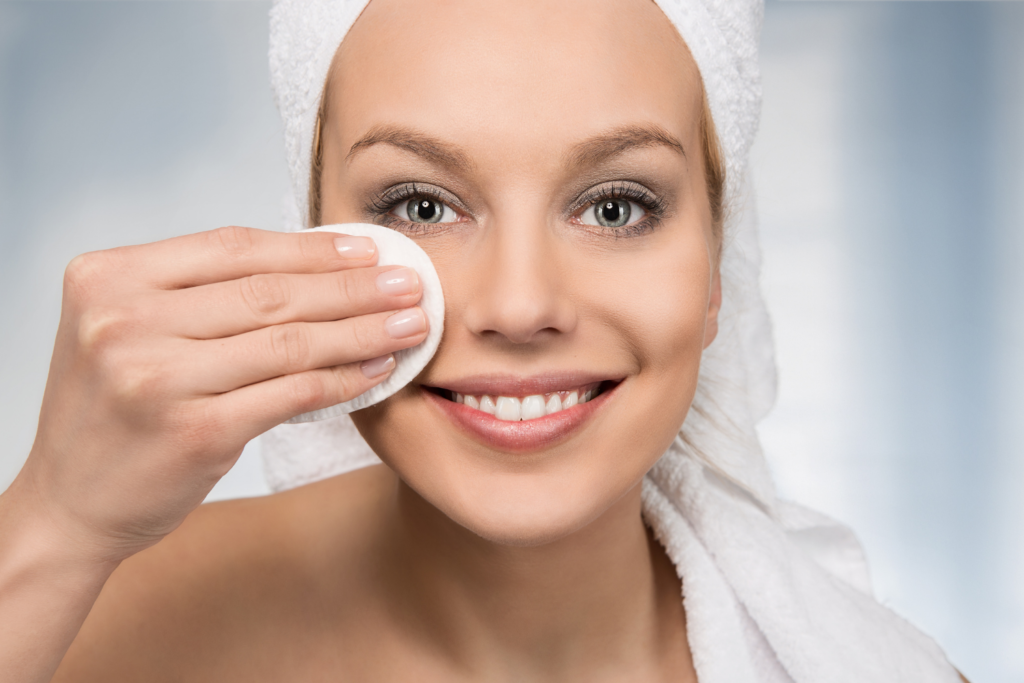The market for bath and body products is booming. More and more people are looking for ways to improve their appearance and feel better about themselves. However, with so many options available, it can be difficult to know which products are safe and which ones aren’t.
Contents
Tips For Choosing Safe And Green Bath And Body Products
Fortunately, there are a few things you can do to make sure you’re choosing safe and green bath and body products. Here are a few tips:
1. Read the labels carefully.
This may seem like an obvious tip, but it’s one that’s often overlooked. Be sure to read the labels on all of the products you’re considering purchasing. Pay attention to the ingredients list and make sure you understand what each ingredient is and what it does.
2. Do some research.
If you’re unsure about an ingredient, do some research to find out more about it. There are a number of online resources that can help you learn more about the safety of various ingredients.
3. Choose products with fewer ingredients.
Generally speaking, the fewer ingredients a product has, the safer it is. So, when you’re looking for safe and green bath and body products, try to choose those with fewer ingredients.
4. Avoid products with synthetic fragrances.
Synthetic fragrances are often made from harmful chemicals that can be irritating to the skin. If you’re looking for a safe and green product, be sure to avoid those with synthetic fragrances.
5. Check for certifications.
Some organizations offer certification for bath and body products that meet certain safety standards. Look for these certifications when you’re shopping for safe and green products.
6. Make your own homemade skincare products.
One of the safest and most green ways to care for your skin is to make your own products using natural ingredients. There are a number of recipes available online for homemade skincare products.
Going Green Education
Learn about what is in soaps and shampoos to make more informed and greener choices. Here is information about some common ingredients and what to look out for.
There are all sorts of chemicals that go into soaps, creams, shampoos, and tubes of toothpaste. Some of these are helpful, but others can actually be toxic. Reading the list of ingredients on the packaging is important because it helps parents know what they are putting into their children’s mouths and on their skin. If parents find a child has sensitive skin, it may be even more important to keep tabs on what exactly is inside the products they are using.
Getting the Dirt on Soap
Washing hands is key to preventing the spread of illness, and companies have hooked into the fear of germs by coming up with soaps that offer super-strength power and antibacterial agents for cleaning. They are, in fact, unnecessary. Using regular soap and water is all that are needed to kill germs. Twenty to 30 seconds of washing will do the trick and parents can get their children to sing “Happy Birthday” as a fun way for kids to learn how much time they should be spending washing their hands.
Chemicals to watch out for are triclosan, benzalkonium chloride, and chlorohexidine. They are used in antibacterial products that also include toothpaste and mouthwash. They can cause skin irritation and there are some concerns that long-term use of antibacterial soaps might promote resistance to bacteria.
Bubble Bath, Bath Oil, and Shampoo
Chemicals are often added to shampoo and body wash to make the texture and smell more appealing to consumers. They include thickeners to make the consistency of the shampoo more gel-like and detergents to make a bubblier lather. Some ingredients to watch out for are sodium lauryl sulfate, Cocamidopropyl betaine, ammonium lauryl sulfate, Cocamide DEA, and Cocamide MEA.
Children should not have too many bubble baths or bath oils added to their baths. Spending a long time in bubble baths or having them too often can lead to a child getting red itchy skin or a rash. Bath products can also cause urinary tract infections.
Parfum in Products Marketed for Children
Nice-smelling soaps are attractive to many people, but the fragrances used to make them could come with some side effects. Parfum is a common additive and it is a catchall for a combination of many different chemicals. The fragrance is a term that is also used. Both have been linked to skin irritation, nausea, asthma, and even mood changes.
Be aware that “fragrance-free” or “unscented” labels can have two meanings. It can mean that there are no fragrances added to a product or it can mean that chemicals have been added to mask the smell of other ingredients in the product.
Lotions and Creams can Irritate Skin
Parents put creams and lotion on their children to help their skin if it is getting dry or irritated. But some of the chemicals in these products can actually cause skin irritation. Mineral oils such as parafinnum liquidum and petrolatum can irritate skin and can cause allergic reactions. Mineral oils are also used in bath and baby oils.
Silicones are a key ingredient in lotions. They can be listed as Cyclomethicone, dimethicone, simethicone, and Cyclopentasiloxane. They too can cause skin irritation as well as block pores. They are not biodegradable and are also found in hair conditioners and make-up.
Preservatives help products last longer, but they can also lead to skin irritation and allergic reactions. Parabens are one of them and they can be listed in many forms like methylparaben, ethylparaben, butylparaben, or propylparaben. Other preservatives are ETA, formaldehyde, quaternion 15, and methylisothiazolinone.
When buying soaps, lotions, and other products used by children, it’s a good idea to read what they are made of. Choose ones that offer organic ingredients and are free of unnecessary chemicals like bacteriocides, perfumes, mineral oils, and preservatives.
FAQs about Green Bath & Body Products
Here are some frequently asked questions about choosing safe and green bath and body products.
Q. What are some common harmful ingredients found in bath and body products?
A. Some common harmful ingredients found in bath and body products include synthetic fragrances, phthalates, parabens, and sulfates. These ingredients can be irritating to the skin and may cause health problems.
Q. Are there any organizations that certify bath and body products as being safe?
A. Yes, there are a few organizations that certify bath and body products as being safe. These organizations include the Environmental Working Group and the Campaign for Safe Cosmetics.
Q. How can I find out more about the safety of an ingredient?
A. If you’re unsure about an ingredient, you can do some research to find out more about it. There are a number of online resources that can help you learn more about the safety of various ingredients.
Conclusion
When you’re looking for safe and green bath and body products, it’s important to be an informed consumer. Be sure to read labels carefully, do some research, and choose products with fewer ingredients. You should also avoid products with synthetic fragrances. Checking for certifications from organizations like the Environmental Working Group can also help you find safe and green products.






